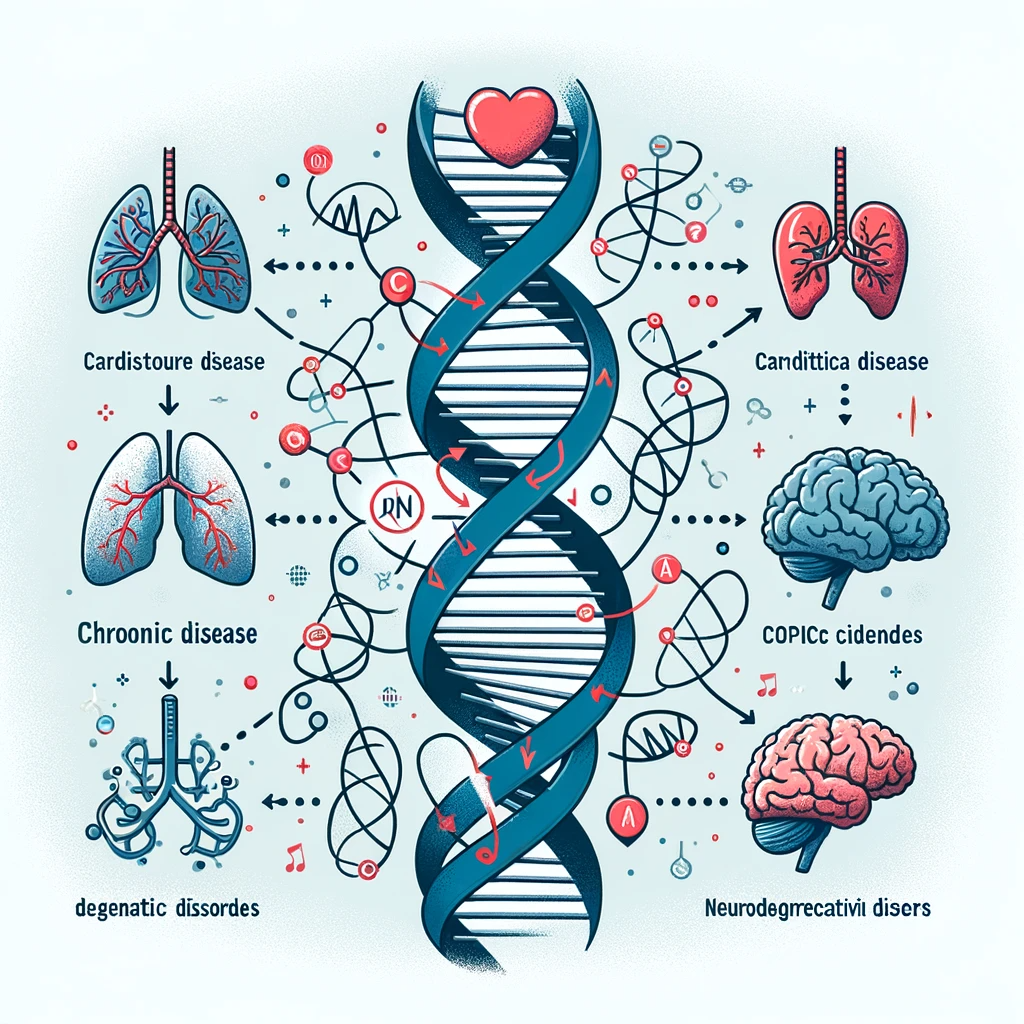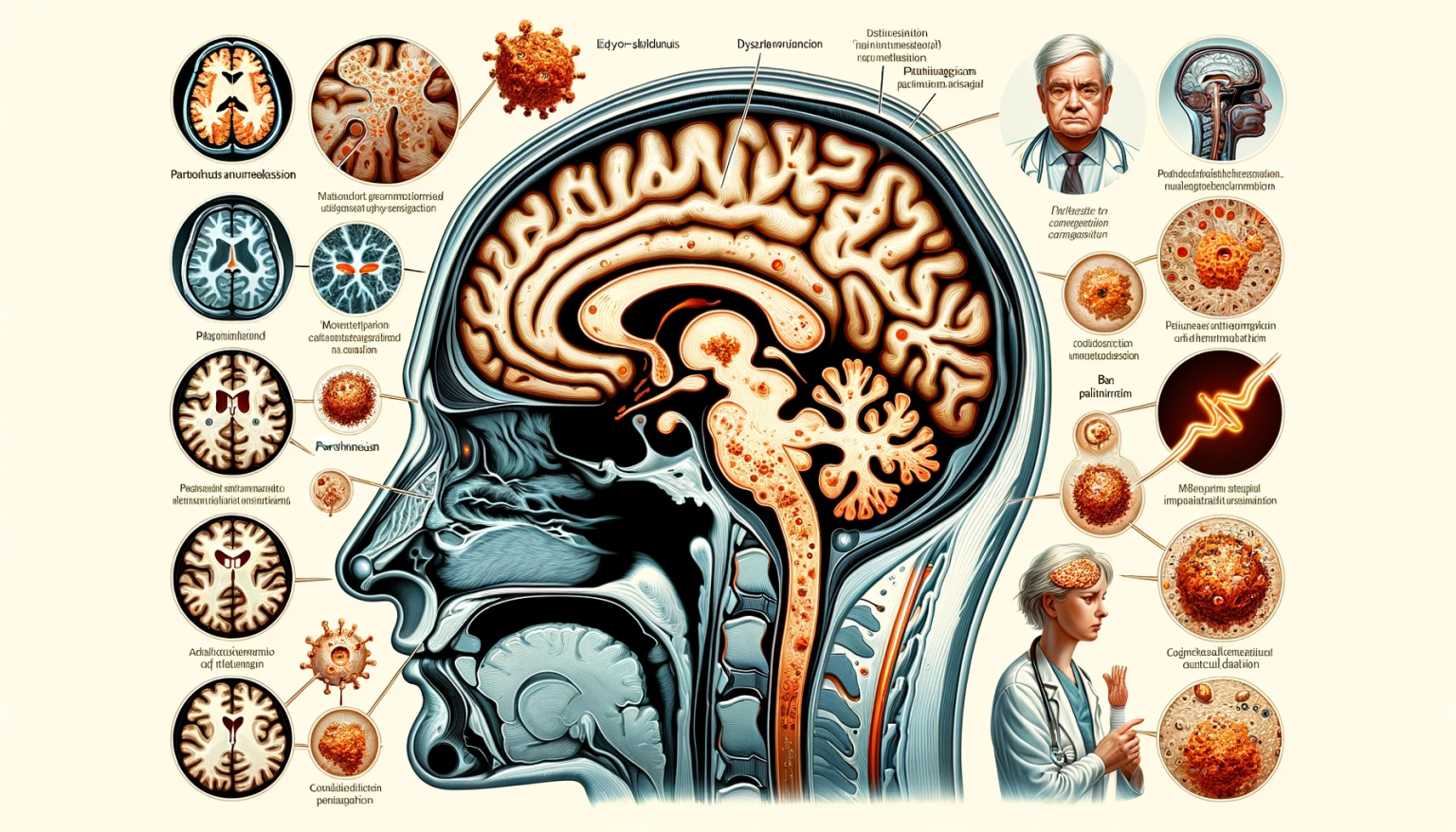Abstract: Medulloblastoma, a primary central nervous system tumor predominantly found in children, poses significant treatment challenges due to its aggressive nature and the delicate location within the cerebellum. This article examines the current therapeutic modalities for medulloblastoma, encompassing surgical, radiotherapeutic, and chemotherapeutic approaches, along with novel targeted therapies and immunotherapies.

Introduction: Medulloblastoma is classified as a high-grade, malignant brain tumor, constituting a significant portion of pediatric brain cancers. Recent advancements in molecular biology have led to a more nuanced understanding of its subtypes, which has informed and refined treatment strategies. The primary objectives in treating medulloblastoma are to achieve maximum tumor resection, minimize neurological damage, and prevent metastatic spread.
Surgical Intervention: Surgery is the first line of treatment for medulloblastoma. The goals are to remove as much of the tumor as possible while preserving neurological function. Total resection is ideal, but the tumor’s proximity to critical brain structures often limits the extent of removal.
Radiotherapy: Postoperative radiotherapy is a standard component of medulloblastoma treatment. Craniospinal irradiation targets the entire brain and spinal cord to address potential metastasis, with a boost to the primary tumor site. The radiation dose and regimen are tailored based on the patient’s age and the extent of disease.
Chemotherapy: Chemotherapy is employed both as an adjuvant and neoadjuvant treatment. It is particularly crucial in younger children to delay or reduce the need for radiotherapy, given the potential for long-term neurocognitive effects. Various chemotherapeutic agents, including cisplatin, vincristine, and cyclophosphamide, are used in combination regimens.
Targeted Therapy: Advances in molecular profiling of medulloblastoma have led to the development of targeted therapies. These therapies are designed to interfere with specific molecular pathways critical for tumor growth and survival, such as the Sonic Hedgehog (SHH) and WNT signaling pathways.
Immunotherapy: Emerging research into immunotherapeutic approaches, including monoclonal antibodies, cancer vaccines, and checkpoint inhibitors, shows promise in treating medulloblastoma. These therapies aim to enhance the body’s immune response against tumor cells.
Supportive Care: Management of medulloblastoma also involves supportive care to address treatment-related side effects and improve the patient’s quality of life. This includes nutritional support, pain management, and rehabilitation services.
Conclusion: The management of medulloblastoma requires a multidisciplinary approach tailored to the individual patient’s clinical profile. Current treatment modalities focus on maximizing tumor control while minimizing adverse effects.








